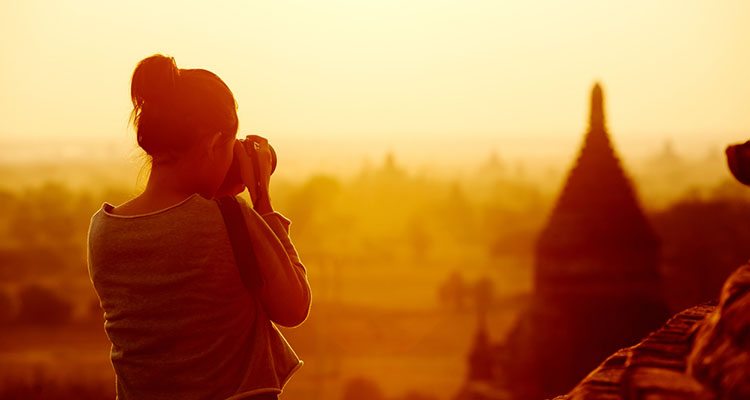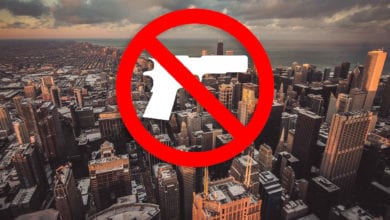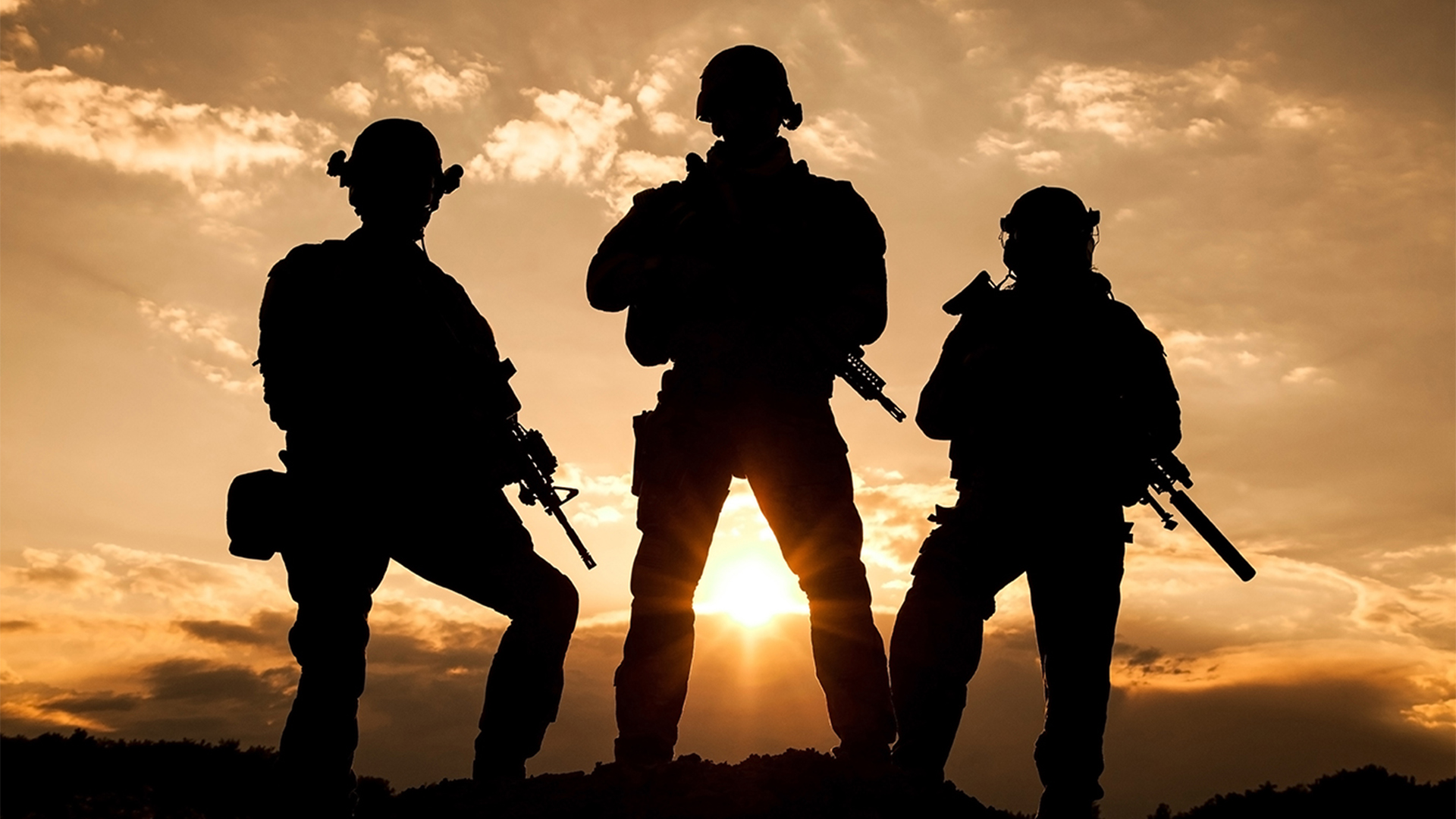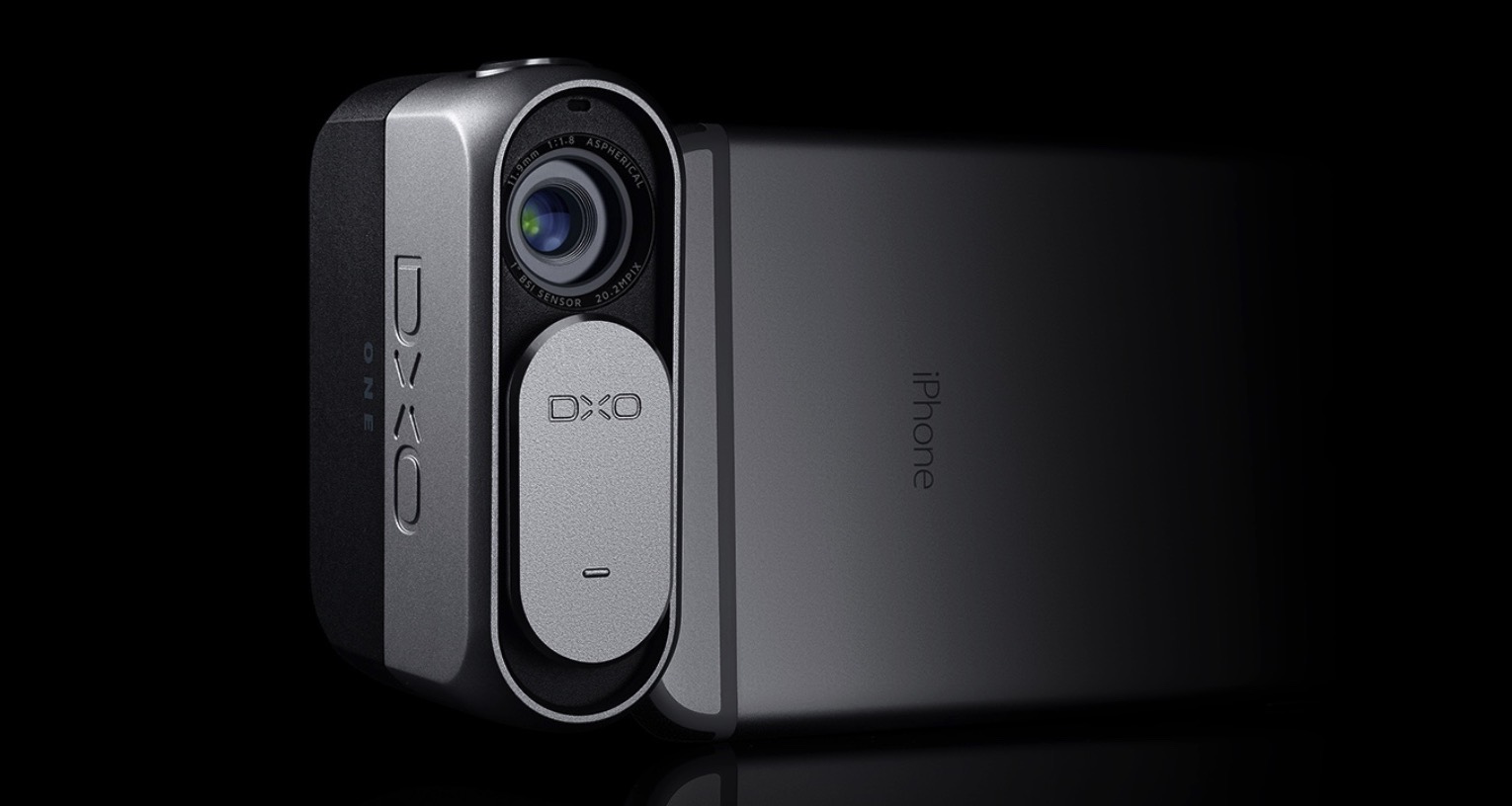Travel Tips for Great Pics and Even Better Trips.
Post by TWiP Contributor: Brock Anderson
Congratulations, you are about to leave the comforts of home for a much needed vacation. You've mapped out a basic itinerary, taken your vaccines, and found someone to feed Fido. Now what? Surely you are excited to do your best impression of a national geographic photographer as you gear up for your time away from the cubicle, but if you are also a little nervous, fear not. Here are a few tips and tricks I've learned (mostly the hard way) while traveling to over 30 countries in 3 years.
Be Prepared:
Be Prepared, but keep your gear to a minimum. This is the hardest part, figuring out your own personal balance. You don't want to miss any shots, but you also don't want to have to lug 60 pounds of gear around to do it. This gets easier the more you do it until eventually you figure out your own system. One way to practice this is to take a weekend photo trip, or even just an afternoon photo-walk. Either way, gear up like you would as if you were going to Costa Rica (or wherever) for a week. Make sure to mix up what and when you are shooting in your practice runs, you want to be ready to shoot every situation while on your trip. Think about things like what lens, filters and settings you will need to shoot on the beach at midday, in the lowlight of a rainforest, etc. Next, try to recreate these situations at home. This will help you to figure out your gear as well as help you to stay fresh and creative while waiting to depart. This is also a great way to combat what I call Post Travel Stress Disorder, it's sometimes called Reverse Culture Shock among other things, but basically it's the “I wish I was still traveling” blues.
Keep it manageable. To keep your gear more manageable; put an emphasis upon portability, durability and versatility. The more rugged the better, travel takes its toll on gear, and accidents will happen, so make sure your gear can handle it. There is no such thing as having too much waterproofing equipment. The piece of mind dry bags and weather sealed/ waterproof cameras provide is worth its weight in gold.
Don't neglect your wardrobe. You need to be comfortable in any situation, so make sure you have a good idea of the weather and prepare accordingly. Also if possible try not to look like such a tourist, look at how the locals dress and how they don't, anytime you can avoid the tourist stigma it's a good thing.
Review your photos every night and back them up if possible, charge your batteries every night and make sure you have room on your memory cards. Also, make sure to switch all your settings back to normal. There is nothing worse than waking up early to get the shot only to find that your camera is still set up for night photography as you frantically button mash through your menus while you watch helplessly as the perfect shot disappears.
Perspective:
Change it. You went to the trouble of changing your latitude and longitude so why stop there? Shift your thinking through your photography and vice versa. What inspires you in this new place? If you are doing it right, inspiration will hit you like a freight train; if not, go explore, get lost both physically and mentally. As you explore pay attention to what sticks out and then shoot it. Try to convey your emotions, take photos of things that make you happy, things that piss you off, make you laugh, etc. Shoot everything. Shoot detail, the big picture, people, plants animals, whatever, just keep shooting. Show all the beauty you are experiencing around you, but don't neglect to show the ugly. Sometimes my “ugly” photos turn out to be the most powerful and most thought provoking. Tell a story, your story, that guy on the street's story, any story, but make it compelling and try to tell it without words. Let your photos stand alone, but sprinkle in some ambiguity and mystery here and there, let your audience come up with their own 1000 words.
Shooting/Traveling Responsibly:
Know your surroundings. Be aware of where you are and what you are shooting. Be respectful of cultural differences. Wherever you end up you are a guest, do not overstay your welcome or overstep boundaries just because you happen to be a photographer. This rings just as true at home as it does abroad. Use common sense and common courtesy. Use good judgment before composing your shot, especially concerning cultural/religious customs and personal safety. Keep in mind that your camera attracts a lot of attention whether you like it or not. Know when to pull out the point and shoot instead of the DSLR. Don't let fear ruin your trip, just know when to be a little extra cautious. Your photo friends at home might be impressed by your 400mm lens and your super sweet camera bag, but the locals probably won't be. Flaunting your expensive gear can be dangerous as well as offensive, there are many places where your lens cost significantly more than most people make in a year. If you are really worried about safety, talk to your hotel, ask them where to go, where not to go and if you can get a guide to take you around town. This is also a great way to get off the beaten path and see the real side of the place instead of the tourist areas. Also if possible learn some of the language; a little effort goes a long way, both in terms of how locals see you and also in how you interact with your surroundings. Don't forget that it's not that they don't speak English; it's that you don't speak Chinese.
Resist the urge to think of yourself as an individual, think of yourself more as a representative of your home country. It's great to cut loose on vacation, but try to think bigger than yourself, ask yourself if what you are doing should be done by everyone who visits. What would happen if everyone behaved as you are? Please do not pay children for photos. I know those kids are really cute and they are posing perfectly in their stereotypical garb, but please just keep walking. For one thing it's a posed shot which no matter how good it turns out you will always know the truth behind how you got it. But the most important thing to consider is what effect your interaction has on those kids. By taking their photos for money you are perpetuating a number of harmful mindsets. Those kids are learning that by dressing up and looking cute for tourists they can easily earn money instead of going to school. In effect, they are sacrificing their future for that dollar you gave them. When you consider the number of tourists that come through high traffic areas you can see how it can become very problematic. There are better ways to get photos and better ways to help the locals.
Traveling in general:
Let's face it if you are reading this you are probably a photo nerd. There is no shame in it, I think photography is amazing, fascinating and speaks to everyone on some level, but not everyone loves it as much as you. Your spouse, friends and family are no doubt very aware of your obsession, most likely even supportive of it, but keep in mind they are on vacation too. Do your best to figure out a way to involve your travel mates in your photo quest and know when to put the camera down. Travel can be stressful to everyone involved, so try not to add to it. Take time to breath and enjoy the moment sans camera. Make an effort to carve out a little alone time where you can go shoot while everyone else is doing their own thing. This should help keep things fresh, relaxed and fun. Try not to put too much pressure on yourself to get that amazing shot all the time. Relax, enjoy your trip, the photos will follow.
Unplug. You are on vacation; leave the office where it belongs….far, far away. As photographers we are inherently drawn to gadgets and technology, but there is a time and a place for everything. Your IPod/Laptop/Email/Phone is great on the plane, but I see a lot of people missing out on the world around them because they keep withdrawing into their technology. Don't neglect your surroundings or your senses. Eavesdrop as much as possible, eat weird food, and please for the love of all that is good in this world DO NOT DRINK BUDWEISSER OR EAT MCDONALDS ON FOREIGN SOIL. This is my #1 travel rule. Your flavorless beer and fatty foods will be there when you get home, I promise, for now try to experience something new. Speaking of experience, if you are on a budget make it a point to choose experience over luxury every time. Staying in a luxury hotel is short lived; taking that money and using it to go hang gliding, shark diving or anything else you can't do at home will create memories that last a lifetime with or without your camera.
When traveling there are no bad experiences, just more interesting stories. This is travel Rule #2. Things will go wrong. Your plane will be delayed or you will get lost, whatever, these things happen. Try to see the good in every situation no matter how frustrated you are. Also try to see the good in people. In my experience people are inherently good, and despite the geopolitical distance between us, we are very similar at heart. Do not confuse people with their government, or what the general perception of their country is back home. Talk to people, get to know them a little, and then judge for yourself. I think you will be pleasantly surprised at how much you have in common.
Last but not least: Have fun. It's amazing how many people forget to do this.
Gear checklist:
- DSLR Camera- preferably weather sealed.
- Point and Shoot- small enough to pocket, preferably waterproof. Make sure you know it as well as your DSLR. For times when carrying your DSLR is either too much of a hassle or not possible. A point and shoot can also come in handy for visual notes to help you figure out the address of your hotel after you've had a few beverages.
- Neoprene camera cover- zing makes a good one. Added protection/piece of mind.
- Black Rapid Camera Strap- makes carrying a heavy camera fun.
- Owner's Manual- read it again, maybe on the plane. I know it's heavy and boring, but weird situations always come up when traveling, so keep it handy.
- Backpack- a good comfortable one that will double as your carryon and camera bag. A real backpack, not a sling, you want something that you can actually hike with. If possible use something low key, bags that are obviously camera bags attract unnecessary attention.
- Lenses- personal choice, but keep it simple. The less you have to switch them the better. Make sure to cover a wide range of focal lengths though. You are going to want the ability to go super wide for landscapes and zoom in close for the flora and fauna. Keep weight, bulk and overall flashiness to a minimum (relative to the situation). Maybe consider renting some glass depending on how long you will be gone and type of trip.
- Lens Hood- Keep it on. Gets rid of flare while protecting your lens from branches, rocks, etc.
- Lens Filters- UV, Polarizer and ND should suffice.
- Lens Pen- fast and easy, no need to worry about dirty cleaning cloths.
- Lens Case- either the manufacturers or something like ThinkTank's Lens Changer line.
- Bubble Level- keep your photos straight.
- Dry Bag- cheap piece of mind. Especially important if your camera isn't weather sealed.
- Batteries- at least two extras per camera.
- Battery Grip- If it's not already built in to your camera, buy the grip. This will keep you shooting longer and more stress free, plus it gives you a nice alternate vertical grip option with controls to help you keep your elbows in and your camera more stable.
- Portable Hard Drive- A must to back everything up.
- Memory Cards- use at least three cards with enough combined memory to shoot for 3 days without uploading. Don't forget to format afterwards to avoid corruption issues.
- Card Reader- something small and reliable.
- Laptop-Gives you the ability to backup onto your PC and your portable hard drive, also allows you to share photos of your trip with your friends and family.
- Baggies- More specifically aLOKSAK brand super heavy duty ziplock style bags. These little bags are amazing; they're NAVY certified waterproof to 200 feet and tough as nails. I put anything that can't get wet in them; memory cards, passport, batteries, wires/cables, the portable hard drive, etc. They're also clear so the double as an easy way to keep my bag organized.
- Silica Gel Packs- Throw a couple in each aLOKSAK to offset any condensation issues.
- Battery Charger- No use having batteries if you can't charge them.
- Cables/Wires- Try to consolidate when possible.
- Wireless Remote Trigger- helps to prove that you were actually there, and for situations where camera shake is an issue.
- Lockable Shutter Release Trigger- for star trails and/or any other long exposure.
- Gorilla Pod- super versatile flexible mini tripod.
- Tripod- optional, personal choice…need to weigh the positives and negatives on this one. Keep in mind that everything else can easily fit into your carryon bag.
- Flash- optional, can be bulky. Depends on shooting style.
- Open Mind- free, literally weighs nothing, comfortable/easy to carry. Hands down the most important thing you can bring on any trip. If you forget this at home you might as well leave everything else there too, because the best camera and lenses money can buy won't help you one bit.
Credits
TWiP Contributor: Brock Anderson
Photo: Bruce Clarke www.momentsindigital.com







Nice article, sensible advice.